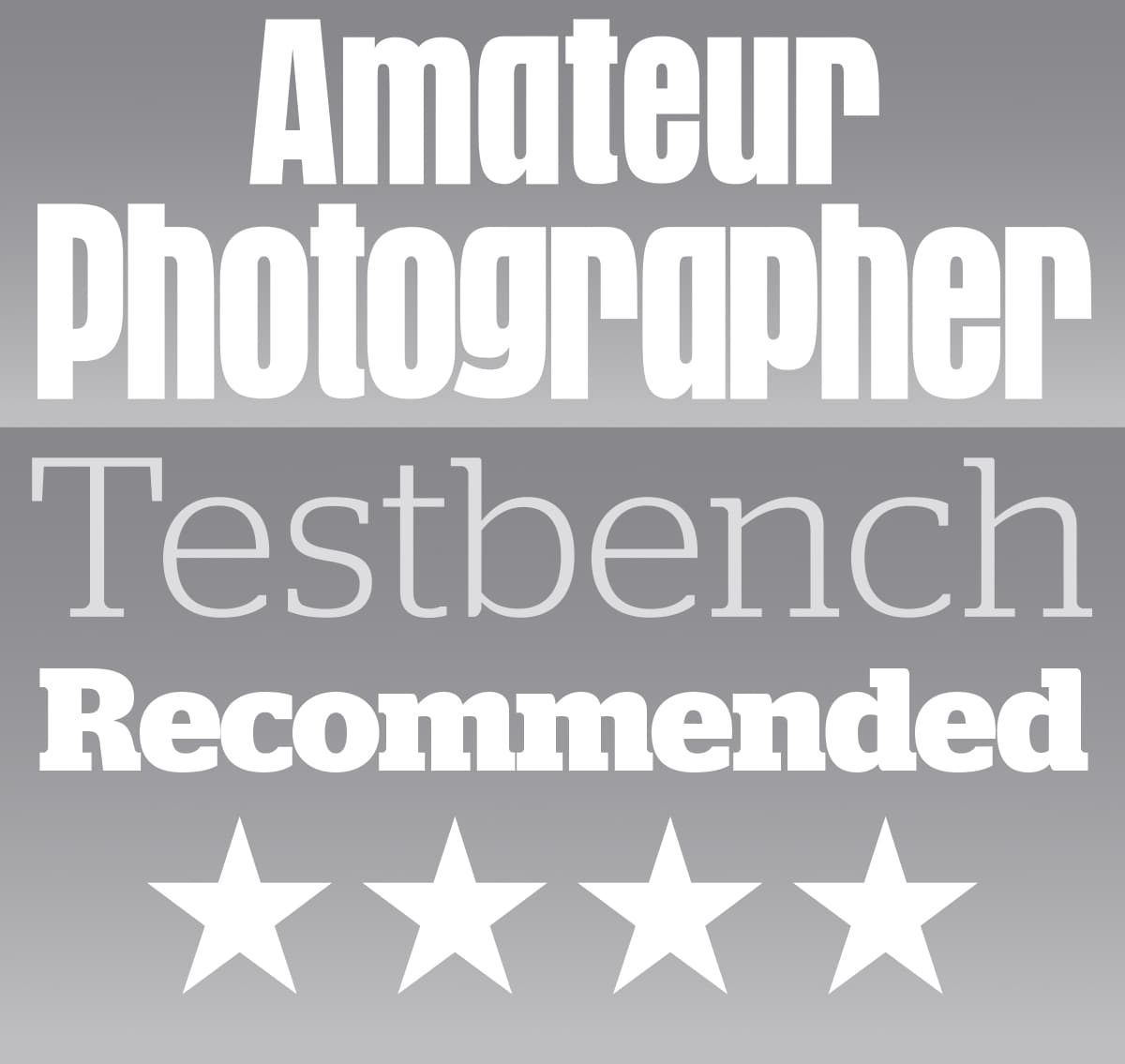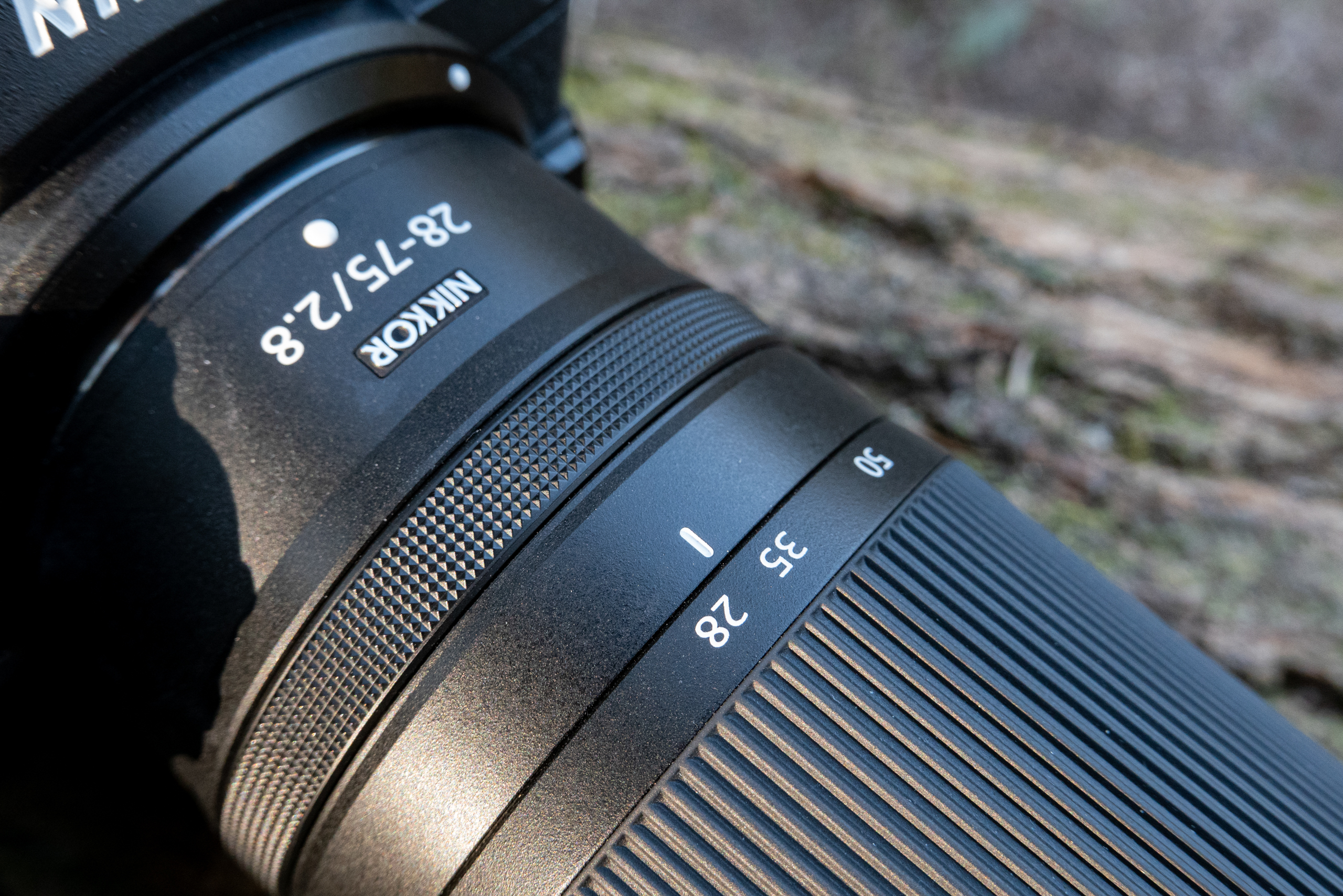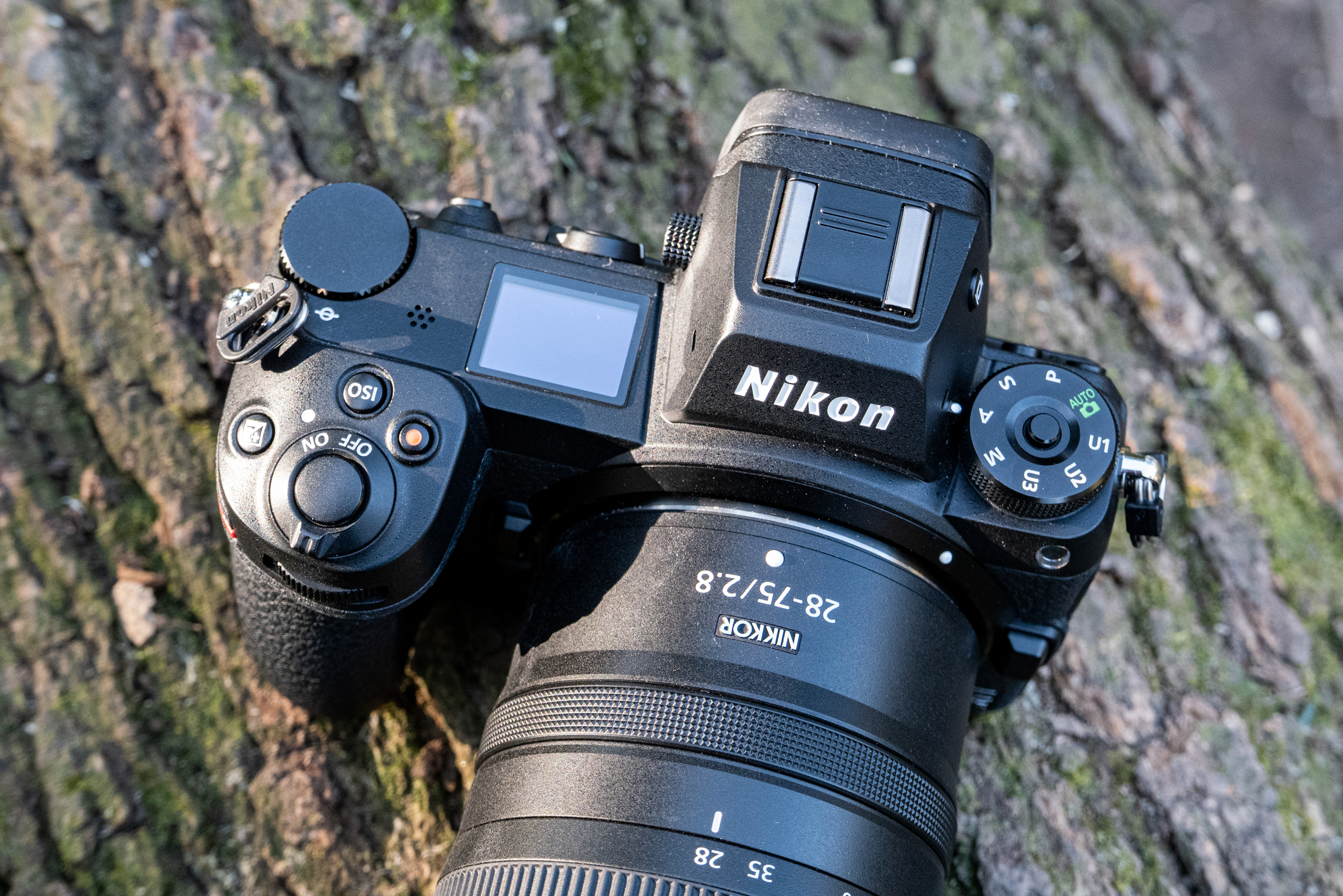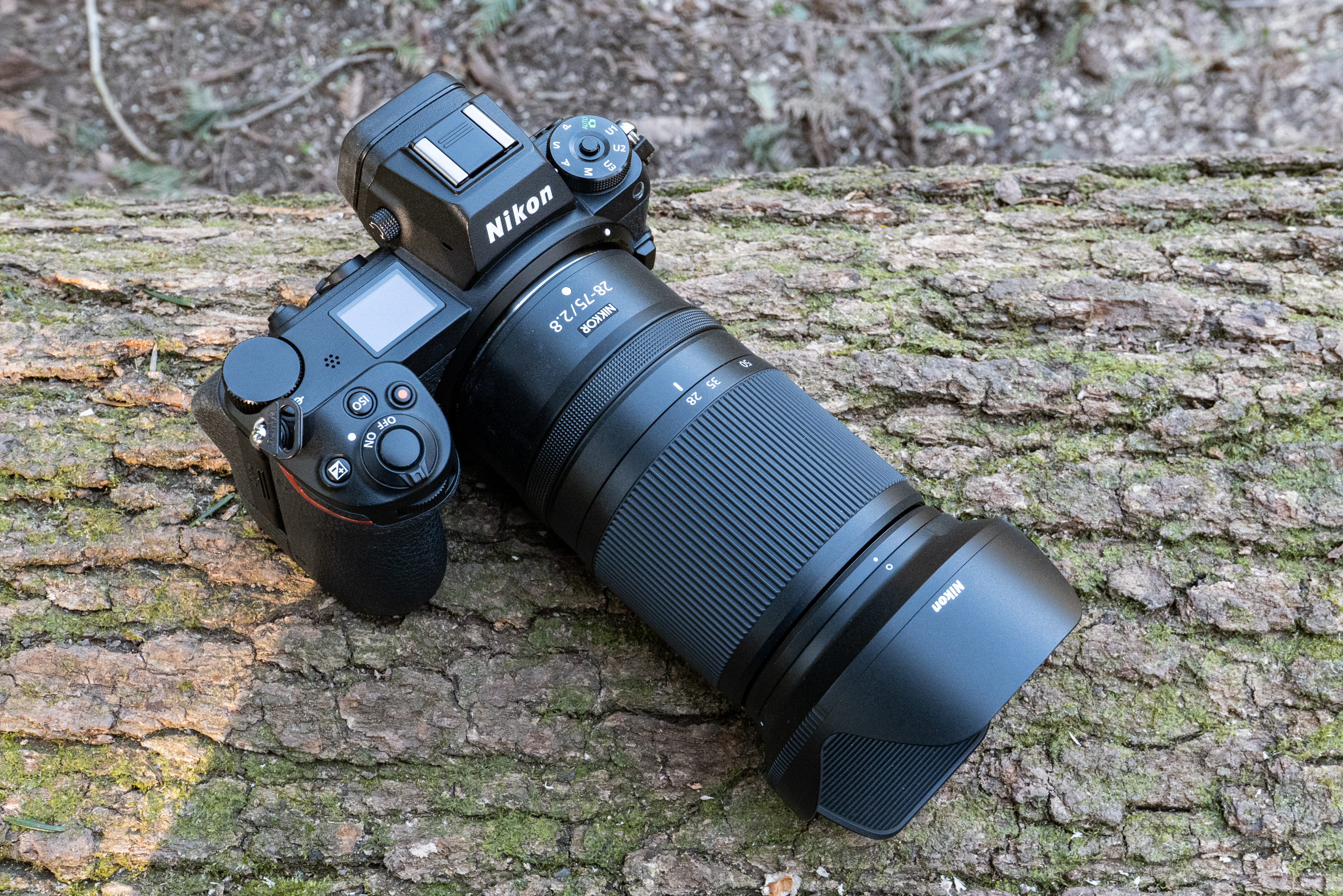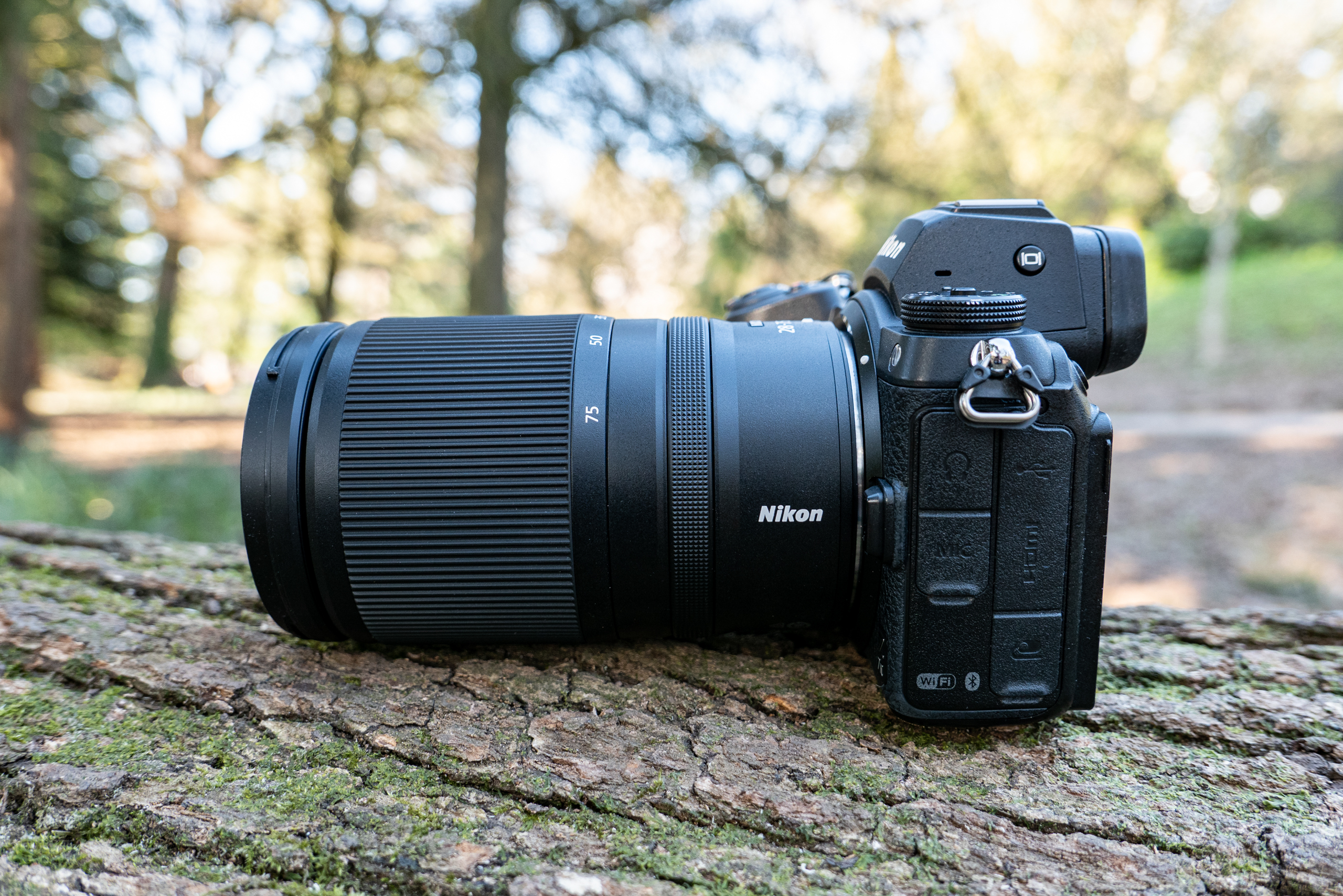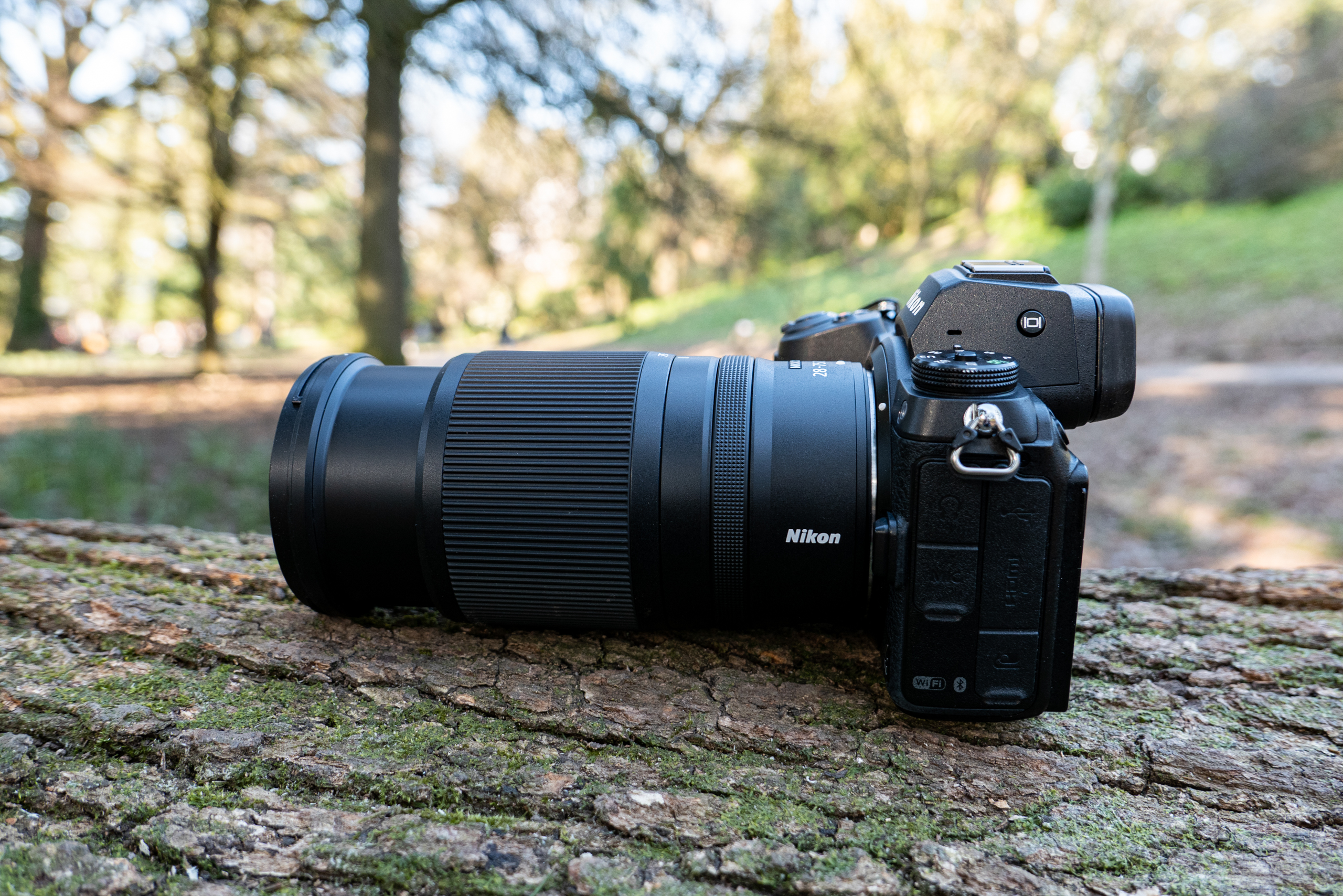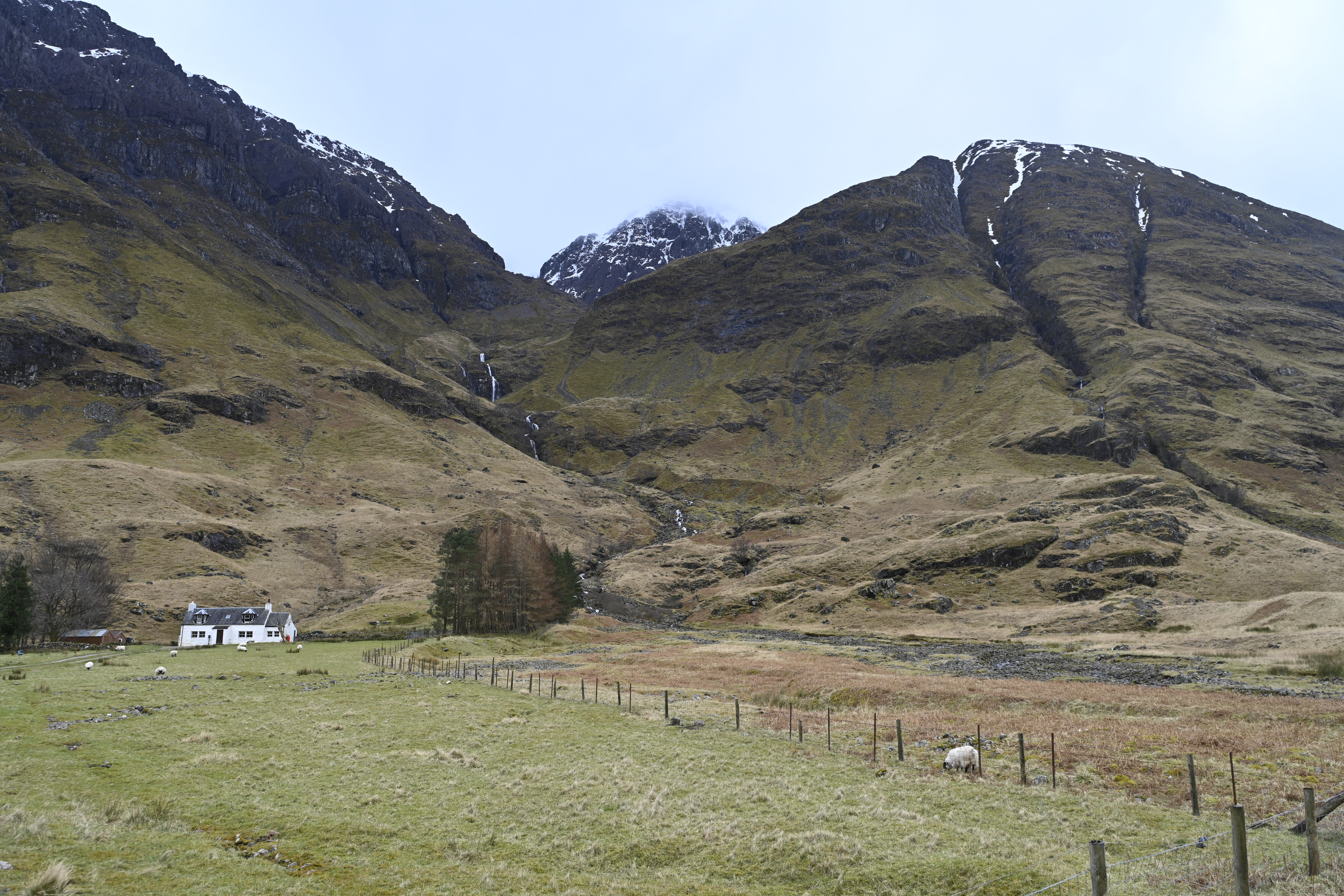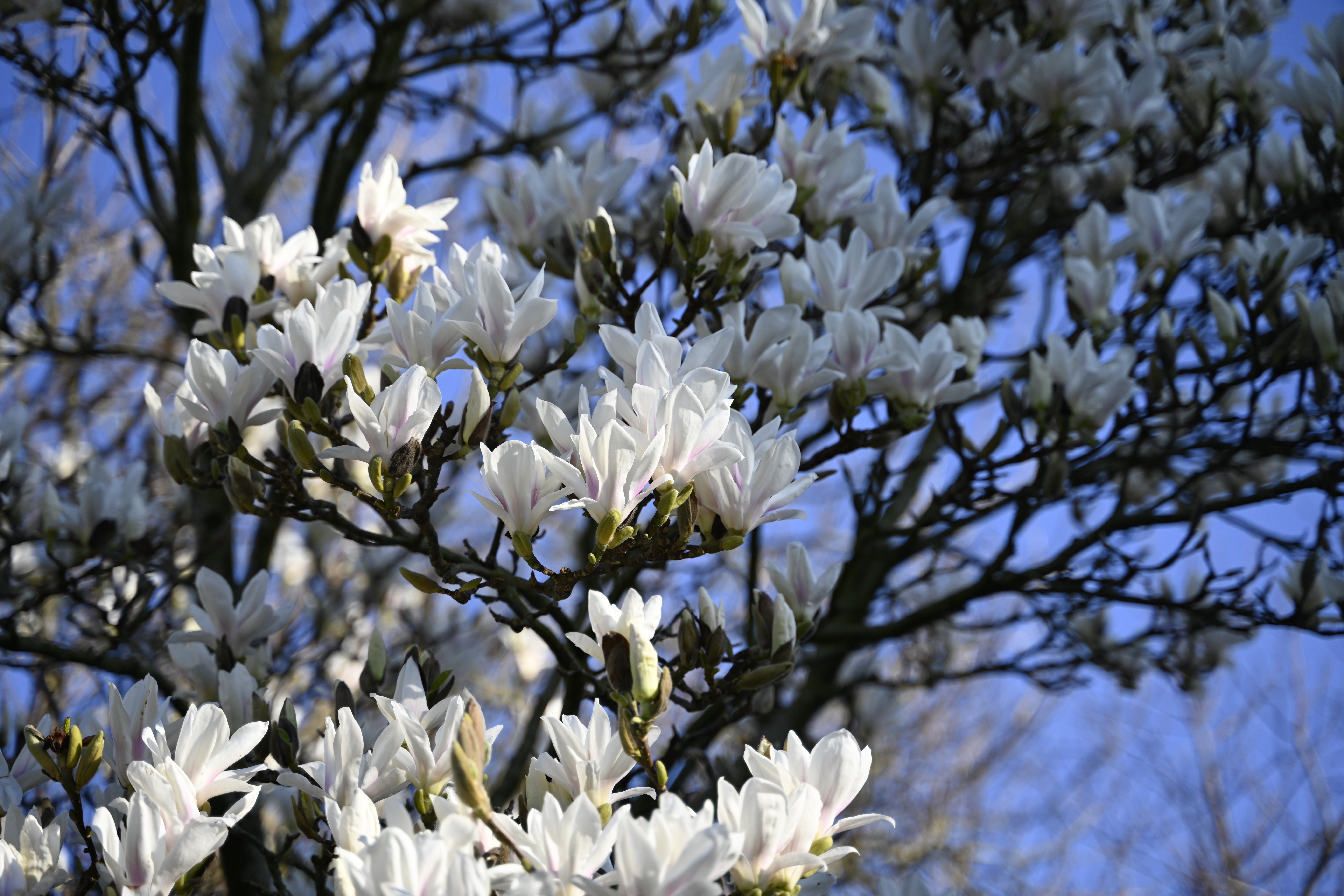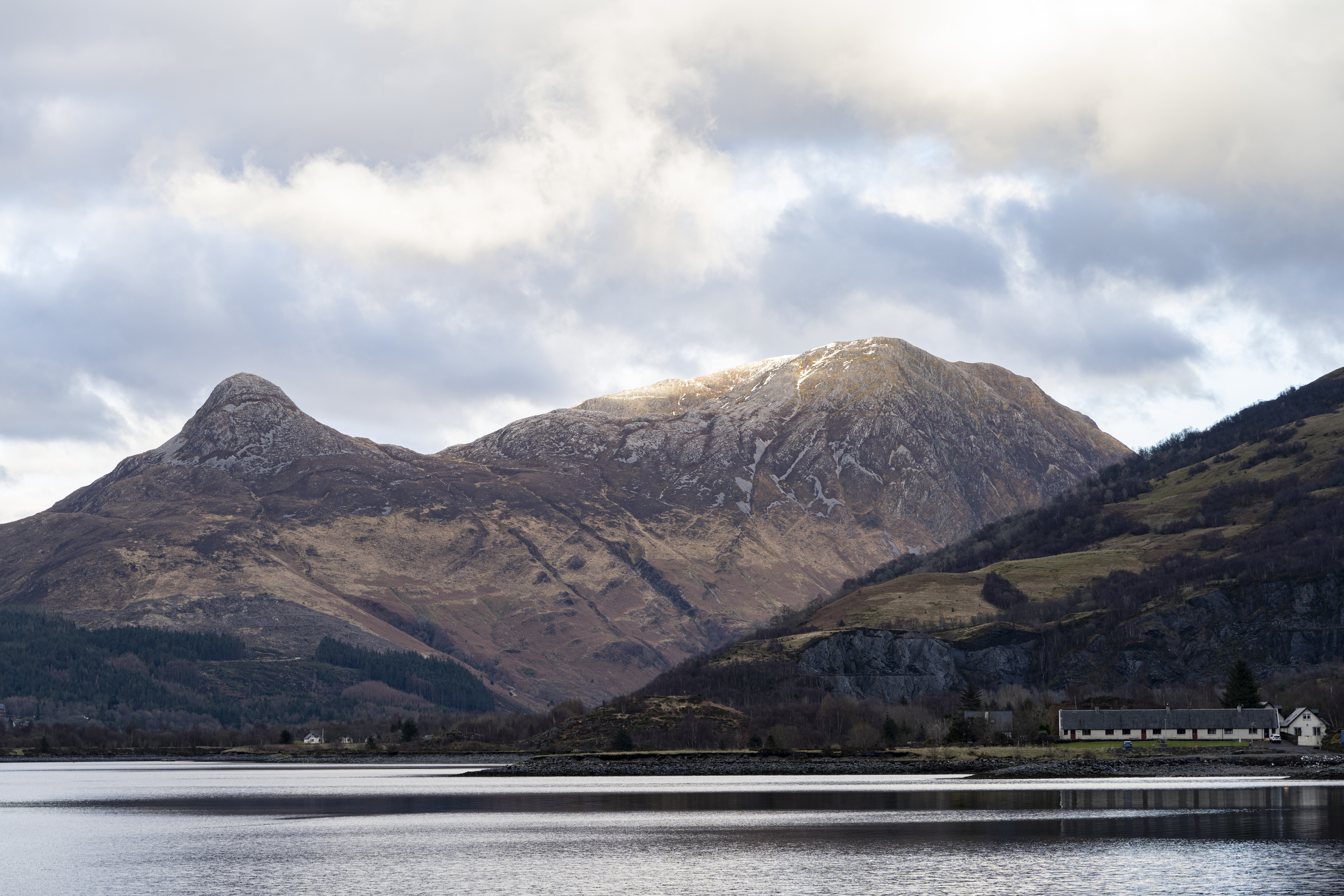Amy Davies reviews the Nikon Nikkor Z 28-75mm f/2.8 – a compact, but bright zoom lens for full-frame Nikon Z mount cameras. Is this good value optic for the Nikon Z series an ideal everyday walkaround lens?
The versatility of a 24-70mm is assuredly well-established, and indeed when Nikon first launched its mirrorless Z series cameras, a standard zoom of this focal length was one of the trio of optics announced at the same time.
This kind of focal length and zoom gives you the flexibility to capture a good variety of subjects from landscapes to portraits, and often acts a walkaround lens for those situations where you might not know what you’re going to be faced with.
The original 24-70mm f/4 S launched with the Nikon Z7 and Z6 back in 2018 is an excellent lens, which offers brilliant sharpness and a compact form. There will be those however who crave the benefits that a wider aperture of f/2.8 brings. Up until now, your option for accessing that in a standard zoom was the Nikkor 24-70mm f/2.8 S lens, which as well as being large and unwieldy will set you back around £2,299, putting it out of reach of those with more modest budgets.
Step forwards the 28-75mm f/2.8 lens, which comes in at under £1000 and is around the same size as the Z 24-120mm f/4 S lens. Interestingly, this lens has a near-identical specification to the Tamron 28-75mm F/2.8 Di III RXD for Sony E-mount which was released in 2018, suggesting it’s a derivate of the same design.
Of course, there is always at least one catch. You might notice that there’s no “S” designation for this lens, giving us a clue to the quality of imagery – we’ll go into more detail as we progress along the review.
At £949, the 28-75mm f/2.8 is not only cheaper than the 24-70mm f/2.8 S, but also the 24-120mm f/4 S and the 24-70mm f/4 lens, so it’s a great option for those who don’t want to break the bank.
Nikon Nikkor Z 28-75mm f/2.8 Features
The 24-75mm f/2.8 lens construction has 15 elements in 12 groups, which includes one ED (Extra-low Dispersion), one super-ED element and three aspherical elements. ED elements are designed to help chromatic aberration, while aspherical elements are for correcting distortions. It’s worth noting here that there are fewer such elements in this lens than found in higher-quality, more expensive optics.
Similarly, you won’t find the special coatings that other more expensive lenses are equipped with. Nano Crystal and ARNEO coatings deal with ghosting and flare, so that could prove to be a problem in certain conditions. Although it’s not completely weather sealed, the lens is dust- and drip-resistant, with a front coating which makes the lens easy to clean. It should withstand the odd rainy shower, but we probably wouldn’t recommend letting it get too soaked.
There are nine diaphragm blades which create the aperture. Focusing is internal with a built-in AF drive for quiet and quick autofocusing. The filter thread size is 67mm.
The closest focusing distance is a relatively short 0.19m at the 28mm end of the lens, which rises to 0.39m at the 75mm maximum telephoto end of the lens. This makes it a fairly good option for some close-up work, even while the maximum magnification ratio of 0.34x means it’s not a true macro lens.
Perhaps unsurprisingly, there’s no vibration reduction included in this lens. This is unlikely to be too much of an issue for those using full-fame Nikon Z cameras, as those include image stabilisation in body. If you had intended to use the lens with one of Nikon’s APS-C bodies (Z 50 and Z fc) it’s arguably less suited to those, though not being too long in focal length it’s not too much of a concern.
Nikon Nikkor Z 28-75mm f/2.8 Build and Handling
A mostly plastic construction is to be expected from a lens of this calibre, but the benefit of this is that at 565g, it’s a good option for travel and as a walkaround lens. It’s certainly much more useful for this application than the 24-70mm f/2.8 S lens, which weighs in at 805g. Another plus is that there’s a metal mount, which gives a good impression of quality.
Even by the simple design standards of most Nikon Z lenses, the 28-75mm is extremely straightforward. There are no switches at all on the lens, nor are there any buttons. Any settings changes (such as between manual focus and autofocus) will need to be made from the camera body itself.
There are just two rings for the 28-75mm f/2.8. The larger of the two takes up about half of the lens barrel and is used for controlling the zoom. It is marked in focal lengths of 28, 35, 50 and 75mm to allow for quick zoom adjustments by sight alone. The second ring is a much slimmer ring which is found about a third of the way along the barrel and is customisable to control a function of your choice from manual focusing to aperture, ISO or exposure compensation.
The zoom ring is ridged for good grip, while the control ring is dotted – so it should be virtually impossible to confuse the two while shooting through the viewfinder. If you have the control ring set to adjust manual focus, you’ll see that a distance scale appears on the camera’s screen or in the viewfinder, while other functions such as magnified view or focus peaking can come in handy for such a task.
Being 120.5mm long (longer when the zoom is extended), this lens balances best with the full-frame models which it is primarily intended for. So that’s the Nikon Z6, Nikon Z7 and Nikon Z5 series. Although it’s possible to use it with the APS-C models, it doesn’t balance quite as well with those – though if you’re craving the wide aperture, you might consider it to be a worthy trade off. A lens hood is included in the box, which you can reverse when not in use for transporting the lens and keeping the size down.
Autofocus
It’s highly likely that almost every photographer will use this lens with autofocus. I’ve tested the 28-75mm f/2.8 with the Nikon Z7 II, where it focused quickly and quietly in the majority of situations, including in low light. It’s also impressively quiet, particularly so when shooting in AF-F when recording video, where it is silent.
In very low light, the lens hunts a tiny bit more, but it’s never hugely problematic, and there never seemed to be any false confirmations of focus. This is probably not a lens that will be attractive to those photographing moving subjects, but it does cope well when focusing on a variety of different subjects ranging from extremely small to those which appear much larger in the frame.
Nikon Nikkor Z 28-75mm f/2.8 Image Quality
Without the “S” designation assigned to this lens that you might have seen on others, we don’t have quite the same expectations of sharpness. That said, it still produces perfectly acceptable images throughout the focal length range, as well as across the frame. This is particularly true if you don’t intend to scrutinise fine details at 100%, or you’re not photographing subjects with lots of intricate detailing.
As we’d expect, there is a little softness at f/22, which is the minimum available aperture. The sharpest results can be seen between f/4 and f/16.
Overall, although certainly not on a par with S series lenses, the images produced by the 28-75mm are very good, and it works well for a decent variety of subjects. During my time with it I was able to capture landscapes, portraits, close-up shots and a variety of other genres. Bokeh is well-rendered, with a pleasing amount of softness – indeed, having a maximum aperture of f/2.8 gives you more scope to create shallow depth of field effects, which may be what draws many to it in the first place.
Despite not having the same special coatings that other Nikkor lenses have, flare doesn’t seem to be a huge problem, unless you shoot directly into the sun.
Nikon applies a profile automatically to raw and JPEG files to correct problems with chromatic aberration. On the whole, there are very few issues with most images, but you can find some evidence of chromatic aberration when examining scenes closely where there are lots of high-contrast edges in the frame.
You can see some noticeable vignetting when shooting at f/2.8 if you photograph something like a plain wall, but in most scenarios where the scene is reasonably busy, it’s not particularly noticeable or objectionable.
We wouldn’t generally expect distortion to be a big issue for a lens like this, but some can be seen when photographing at the wide-angle end of the lens if recording a subject with lots of straight lines and you’re paying close scrutiny to the results.
Nikon Nikkor Z 28-75mm f/2.8 Verdict
There’s a lot to be said for a versatile everyday lens, and with this optic, Nikon gives us something that ticks a lot of the requisite boxes.
The focal length is suitable for a good range of subjects, the design, weight and size is ideal for travel, the aperture is large and the price is relatively low. Of course, it’s also a compromise of a lens, which will make it less appealing to some, depending on their priorities. Most obviously, the 28mm wideangle end is limited compared to Nikon’s other Z-mount standard zooms, which all start at a usefully wider 24mm instead. Unlike Nikon’s S-line optics, it doesn’t benefit from separate manual focus and control rings, either.
Although image quality is good, it doesn’t match up to the more expensive Z series lenses (as you’d expect). With the lack of special coatings, it’s not perfect when it comes to optical quality.
As it stands there’s a price difference of about £100 between this lens and the 24-70mm f/4 S lens which first arrived in 2018. If you’re keen for the wide aperture option of f/2.8, but don’t want to spend a relative fortune on the 24-70mm f/2.8 lens, then it’s a viable alternative. But for better sharpness and all-round image quality, it’s hard to recommend it over the 24-70mm f/4 unless your budget is extremely tight.
